Ahead of its upcoming 'hyperfast' NBN tiers that are expected to land in 2025, NBN Co has recently demonstrated an eyewatering, multi-gigabit speed result during a field trial on a HFC (hybrid fibre coaxial) network.
The trial, which deployed Distributed Access Architecture (DAA) on an HFC access network, delivered a wholesale download speed of 8.7Gbps and an upload speed of 1.5Gbps. The results are a significant milestone for the broadband company as it strives to keep up with Australia's increasing digital demand.
According to NBN Co's chief network officer, Dion Ljubanovic, "this successful trial demonstrates the potential future technical capability of the HFC network to deliver fibre-like higher speeds in both the downstream and upstream direction, which may help support the data needs of millions of households and businesses across the nation".
"The investments we continue to make in fibre and HFC are expected to enable higher speeds through greater capacity aimed at enabling Australia to be equipped with the reliable and resilient infrastructure it needs to support the nation’s rapidly growing data needs."
NBN Co adds that the trial also suggested that "fibre-like speeds could potentially be unlocked for millions of households and businesses connected to the HFC network", with around 2.5 million premises serviced by the technology across major Australian cities.
These test results come as NBN Co evolves the HFC network by improving existing technology and replacing legacy amplifiers. The new equipment used in the trial — CommScope’s latest DOCSIS 3.1 DAA node and new gen DOCSIS 4.0 Cable Modem — digitises the HFC optical node in the street and is expected to increase data capacity, and improve the performance and reliability of the existing HFC network.
What speeds can HFC achieve?
HFC NBN customers can currently order services capable of up to 1,000Mbps, with near gigabit speeds theoretically attainable. Right now, consumer NBN 1000 plans — otherwise known as the 'ultrafast' tier — have the fastest speeds on the national network.
It is important to mention although that these plans reach theoretical speeds of 1,000Mbps, real-world speeds are often slower. Currently, only one provider, Swoop, comes close to reaching the maximum theoretical speeds, advertising its gigabit plan as capable of 969Mbps during the busy evening hours.
That said, most providers that offer NBN 1000 plans claim to hit a typical evening speed range between 650Mbps to 850Mbps, which should more than sate most households’ ultrafast internet cravings. While it’s not a definite guarantee, you may also achieve faster speeds during off-peak hours.
If you already have an HFC connection but haven't tried out ultrafast speeds, there are a plethora of great NBN 1000 deals currently on offer. Right now, our favourite NBN 1000 plan is Buddy Telco's AU$99p/m offering – Buddy is owned by Aussie Broadband, so it uses the same core network.
Buddy's plan is worth a shout-out for those who crave fast internet speeds but are on a tighter budget. It’s a no-frills, fuss-free plan, as the telco only provides NBN services — so no modems or tech — and delivers customer service via an AI-powered chatbot. If the latter factors are important to you, we'd suggest signing up for a similar plan on another reputable provider, like Aussie Broadband or SpinTel, where you can add a modem for an additional fee or easily phone customer support through a provided assistance number.
If you're keen to make the most out of your HFC connection, here are some of the most popular NBN 1000 plans you can sign up for today:
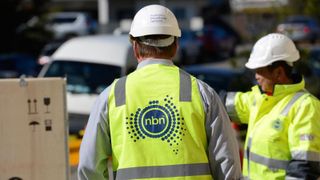

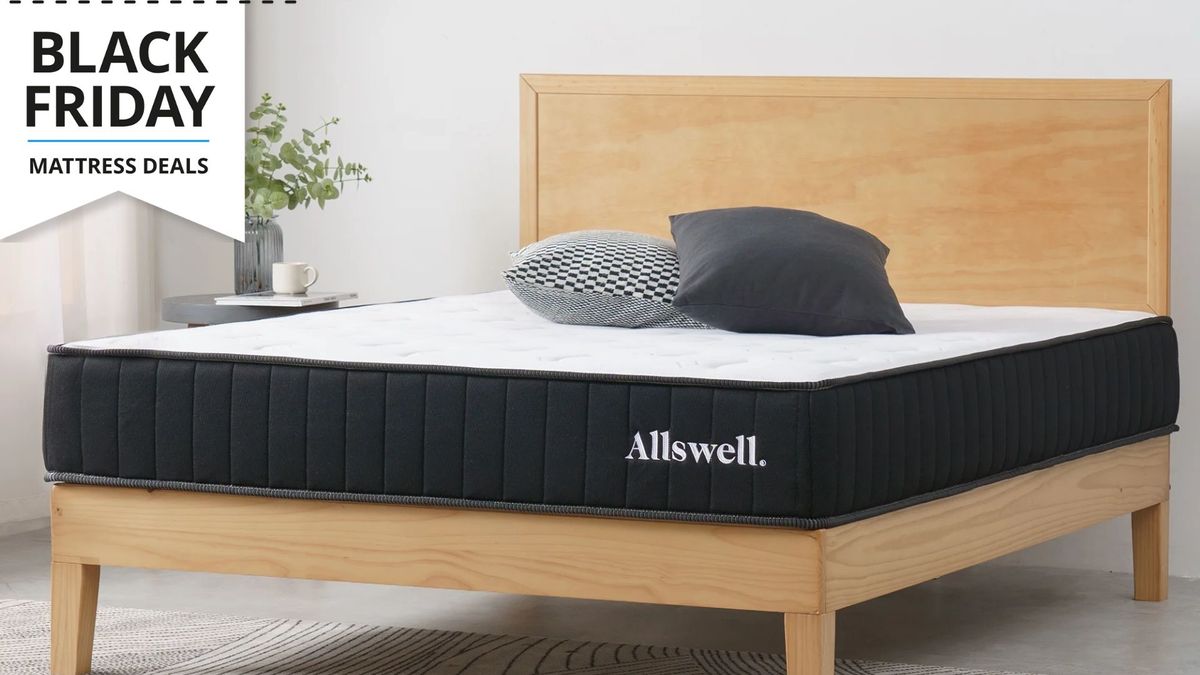



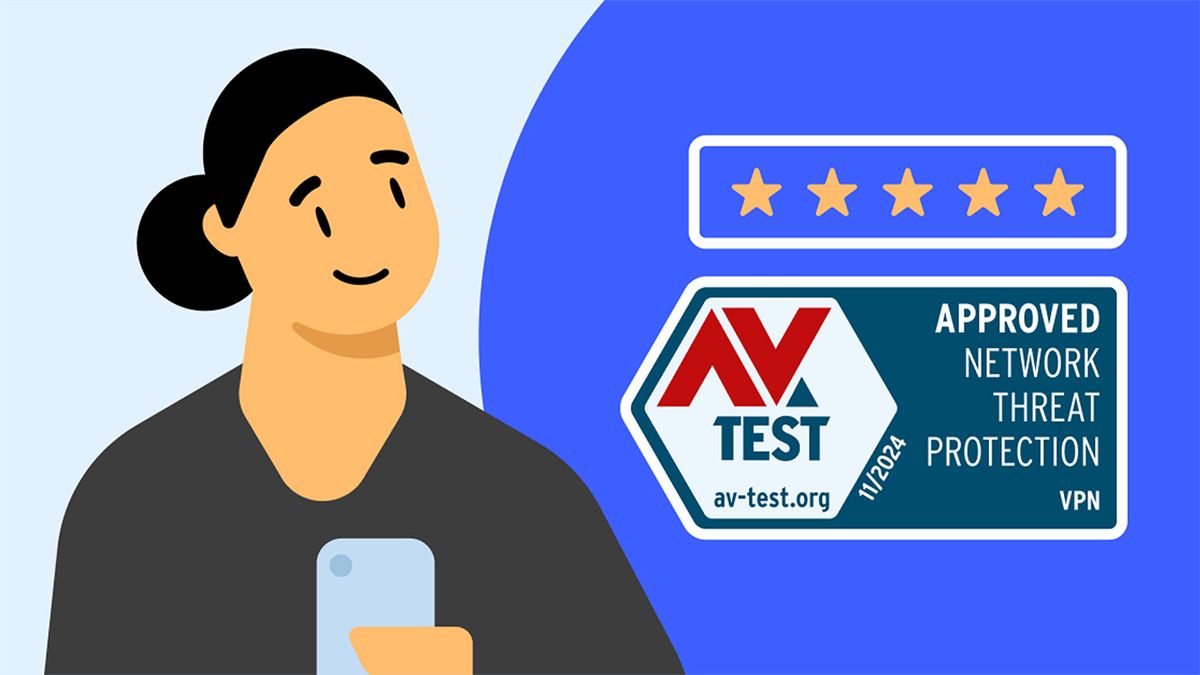

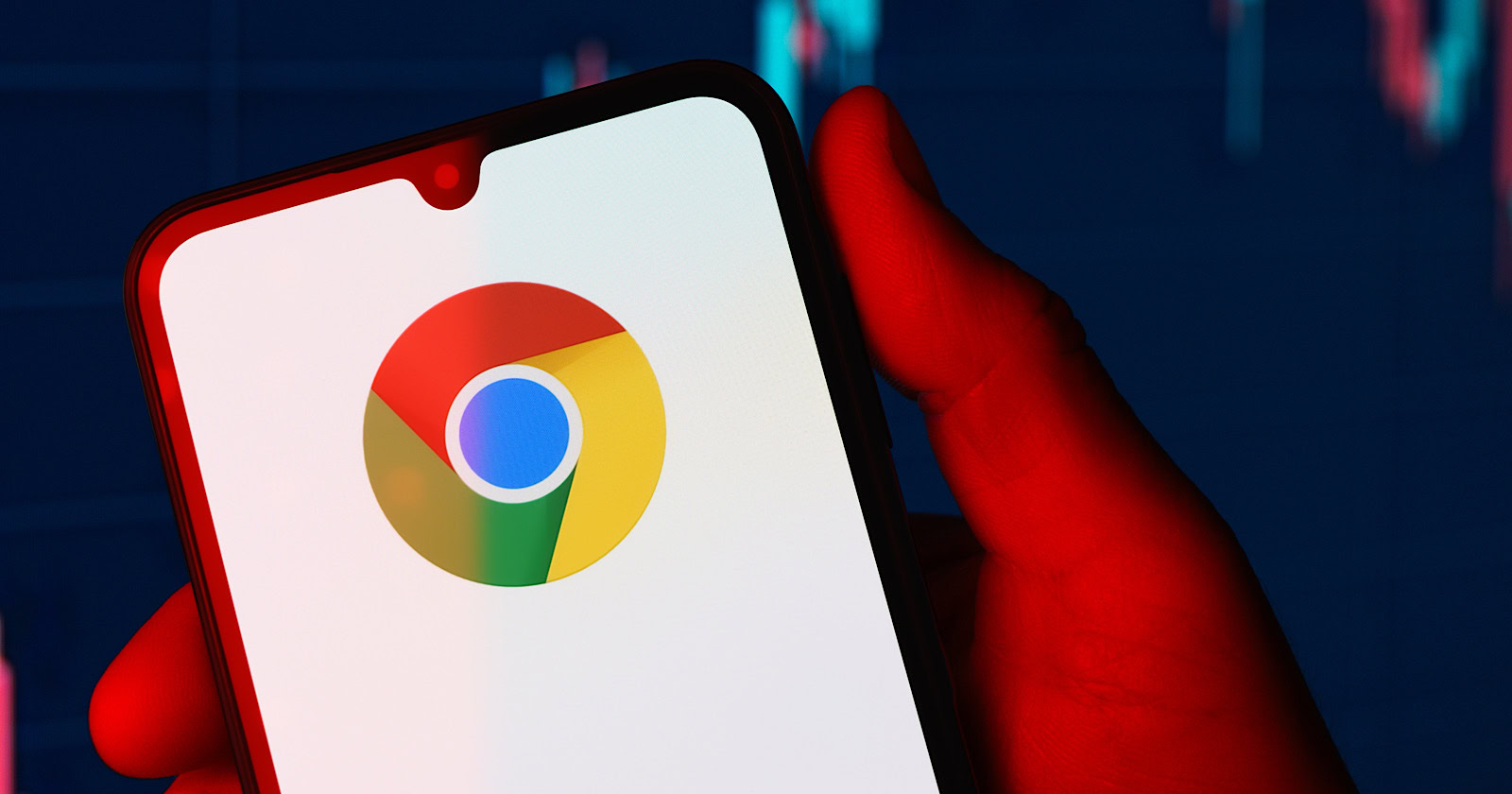
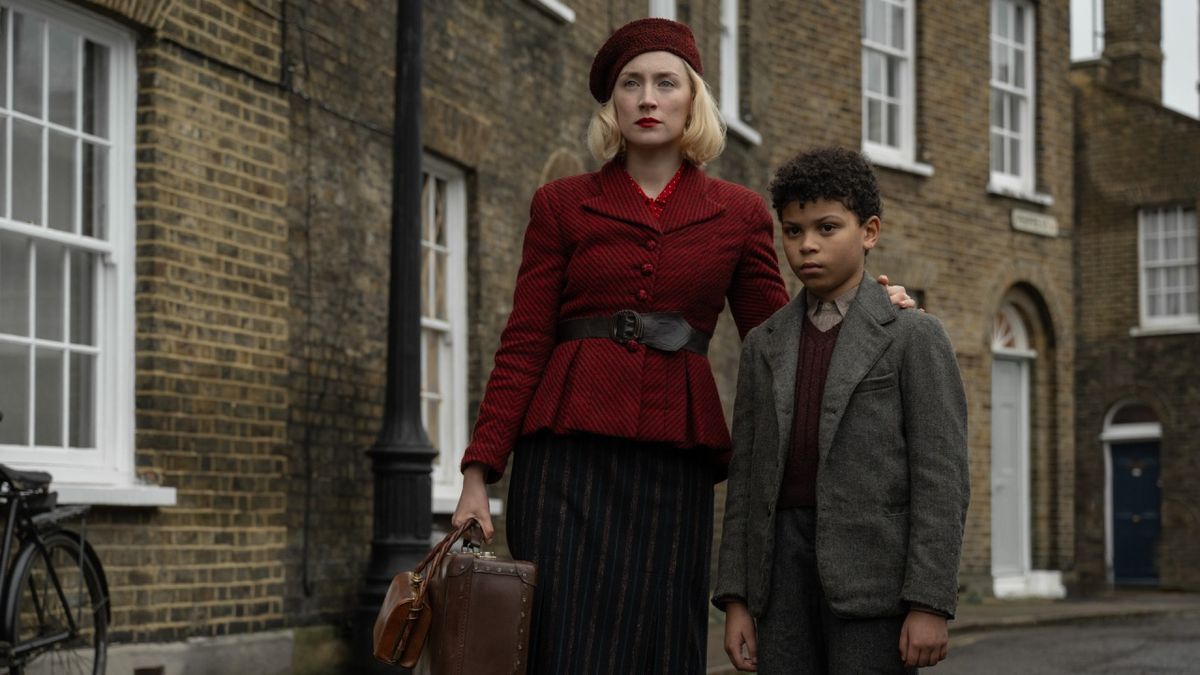

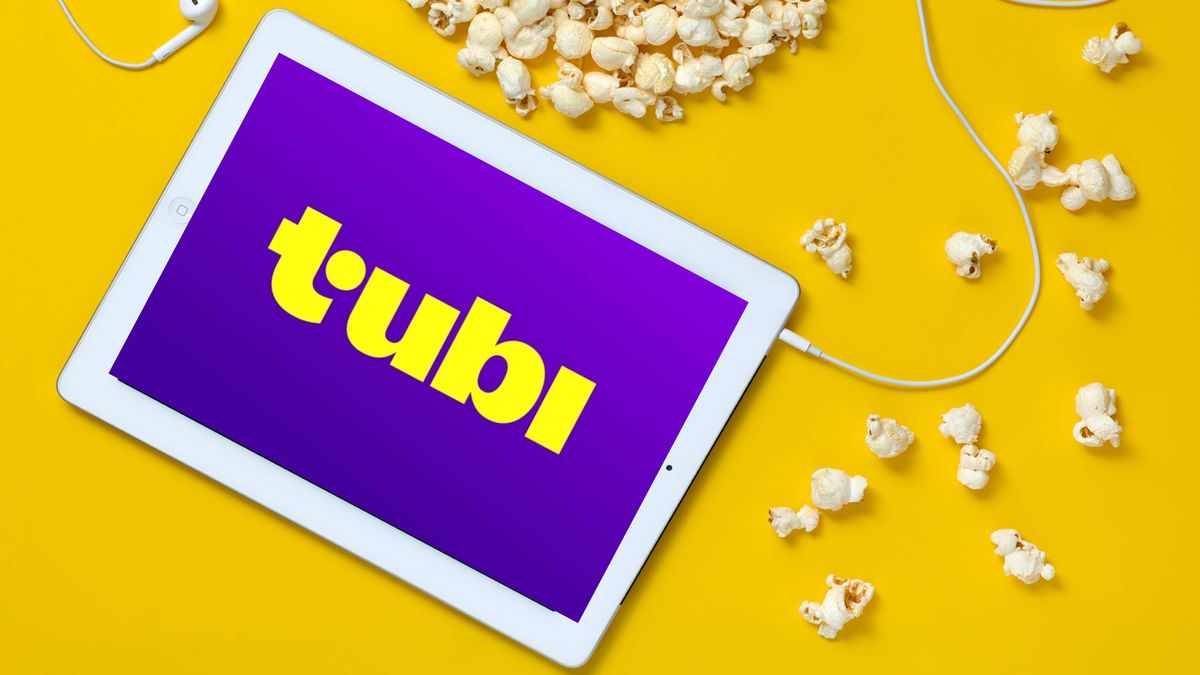
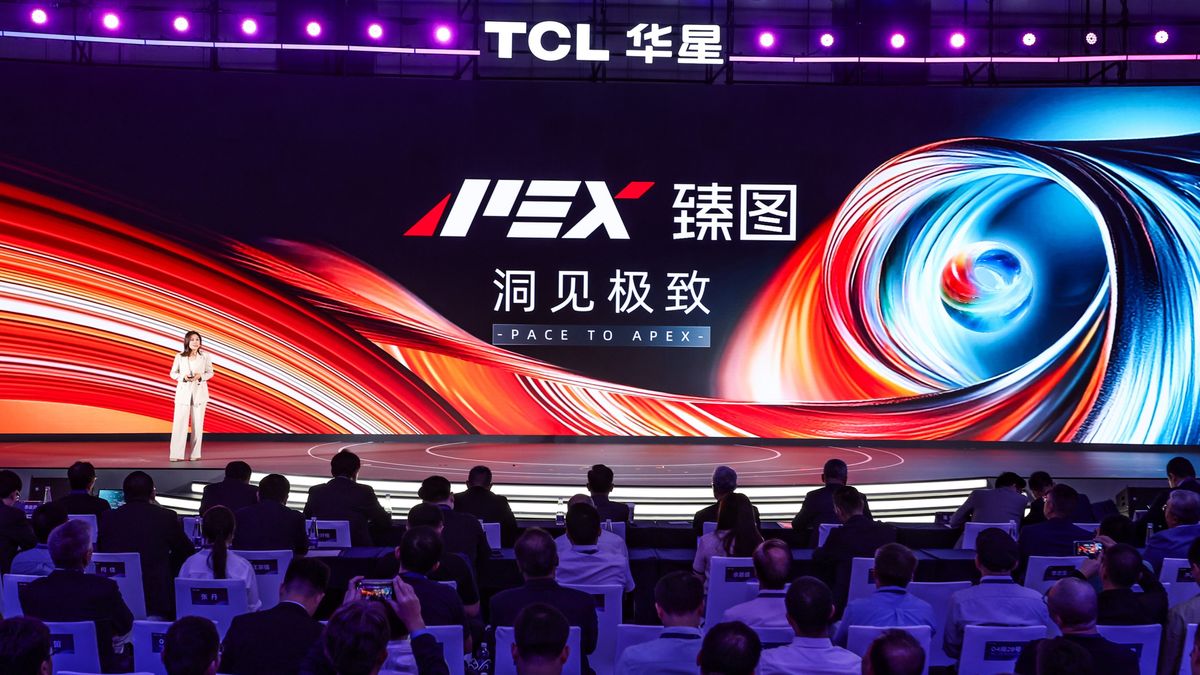


)





 English (US) ·
English (US) ·